Shiitake Mushroom Growing: Learn How To Grow Shiitake Mushrooms
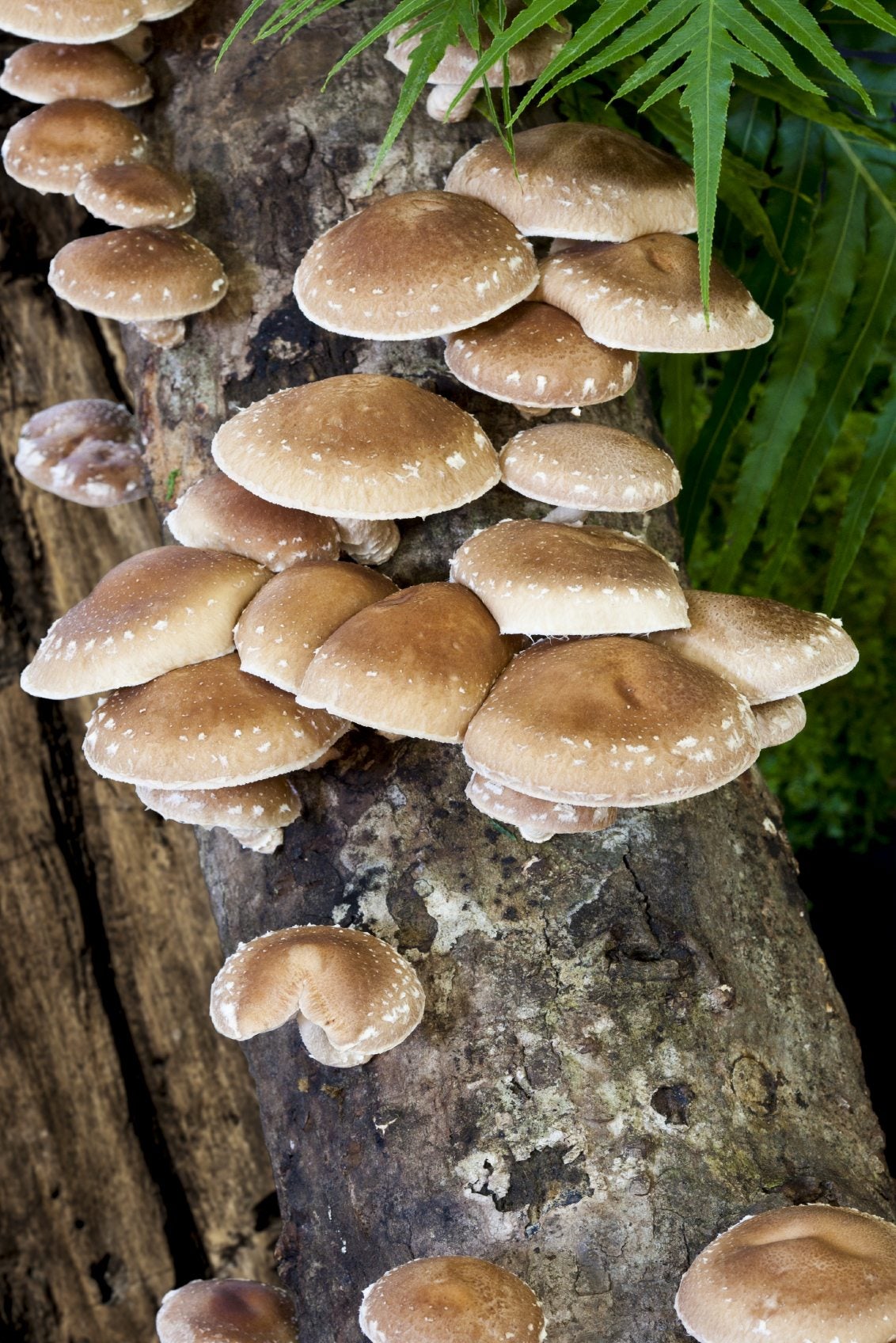
Shiitakes (Lentinus edodes) are highly prized in Japan where about half the world’s supply of shiitake mushrooms is produced. Up until fairly recently, any shiitake found in the United States was imported either fresh or dried from Japan. About 25 years ago, demand for shiitakes made it a viable and profitable enterprise for commercial cultivation in this country. The cost of a pound of shiitakes is generally much more than common button mushrooms, which may make you wonder about shitake mushrooms growing. Read on to find out how to grow shiitake mushrooms at home.
How to Grow Shiitake Mushrooms
Growing shiitake mushrooms for commercial production requires significant investment capital as well as very specific shiitake mushroom care. However, shiitake mushroom growing for the home gardener or hobbyist isn’t very difficult and can be very rewarding. Shiitakes are wood-decay fungi, meaning they grow on logs. Growing shiitake mushrooms takes place either on logs or in bags of nutrient-enriched sawdust or other organic material, called bag culture. Bag culture is a complex process requiring specific conditions of controlled temperatures, light, and moisture. The inexperienced mushroom grower would be advised to start with growing shiitakes on logs. Shiitakes come from the Japanese, meaning “mushroom of the shii” or oak tree where the mushroom is likely to be found growing wild. So, ideally, you will want to use oak, although maple, birch, poplar, aspen, beech, and several other species are suitable. Avoid live or green wood, deadfall wood, or logs with lichen or other fungi. Use either freshly cut trees or limbs that are between 3 and 6 inches (8-15 cm.) across, cut into 40 inch (102 cm.) lengths. If you are cutting your own, do so in the fall when the sugar content is at its peak and most advantageous to promoting fungal growth. Allow the logs to season for a period of about three weeks. Be sure to lean them against each other. If they are left on the ground, other fungi or contaminants can infiltrate the logs, rendering them unsuitable for shiitake growing. Procure your mushroom spawn. This can be purchased from a number of online suppliers and will be either in the form of dowels or sawdust. If using sawdust spawn, you will need a special inoculation tool that you can get from the supplier as well. Once the logs have seasoned for three weeks, it’s time to inoculate them. Drill holes every 6 to 8 inches (15-20 cm.) all around the log and 2 inches (5 cm.) from either end. Plug the holes with either the dowels or sawdust spawn. Melt some beeswax in an old pot. Paint the wax over the holes. This will protect the spawn from other contaminants. Stack the logs against a fence, tepee style, or lay them on a bed of straw in a damp, shaded area. That’s it, you’re done and, thereafter, growing shiitakes requires very little additional shiitake mushroom care. If you lack rainfall, water the logs heavily or submerge them in water.
How Long Do Mushrooms Take to Grow?
Now that you have your shiitake logs situated, how long until you get to eat them? Mushrooms should appear sometime between 6 and 12 months after inoculation, usually after a day of rain in the spring, summer, or fall. While it takes some time accompanied by patience to grow your own shiitake, in the end, the logs will continue to produce for up to eight years! Well worth the wait and minimal care for years of harvesting your own delicious fungi.
Gardening tips, videos, info and more delivered right to your inbox!
Sign up for the Gardening Know How newsletter today and receive a free copy of our e-book "How to Grow Delicious Tomatoes".

Amy Grant has been gardening for 30 years and writing for 15. A professional chef and caterer, Amy's area of expertise is culinary gardening.
-
 Looking For Plants To Give You The Soft And Fuzzies? Try These 5 Fuzzy Leaf Plant Options
Looking For Plants To Give You The Soft And Fuzzies? Try These 5 Fuzzy Leaf Plant OptionsLovers of texture, drama, silver foliage and tactile plants will adore these special sensory garden additions. These fuzzy leaf plant options will leave you all aglow
By Susan Albert
-
 Get Ready For A Summer Of Hummers! Grow These Full Sun Hummingbird Plants and Flowers
Get Ready For A Summer Of Hummers! Grow These Full Sun Hummingbird Plants and FlowersIf you’re lucky enough to enjoy a sunny backyard, make sure you are maxing out on your pollinator opportunities and grow these full sun hummingbird plants and flowers
By Tonya Barnett
-
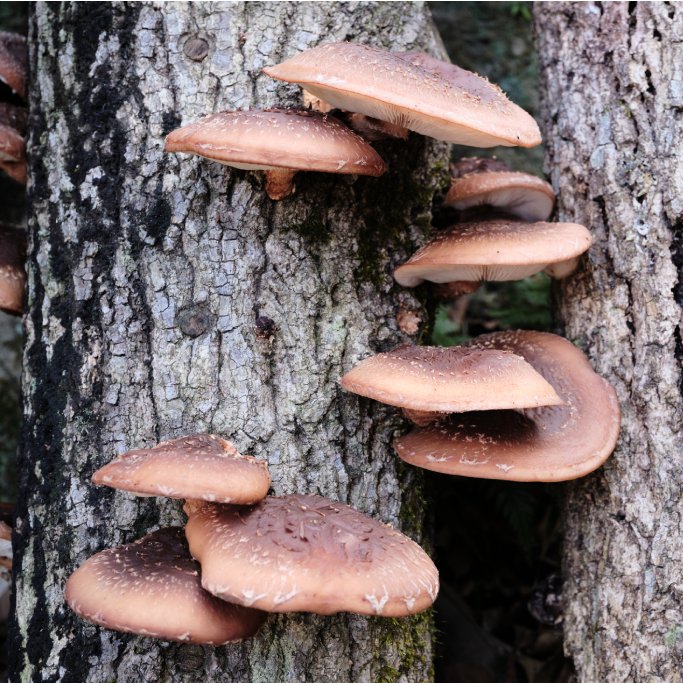 Which Types Of Wood To Use For Growing Fungi
Which Types Of Wood To Use For Growing FungiWondering about the best logs for mushroom plugs? Match the mushroom type to the tree variety for a great crop of delicious mushrooms.
By Bonnie L. Grant
-
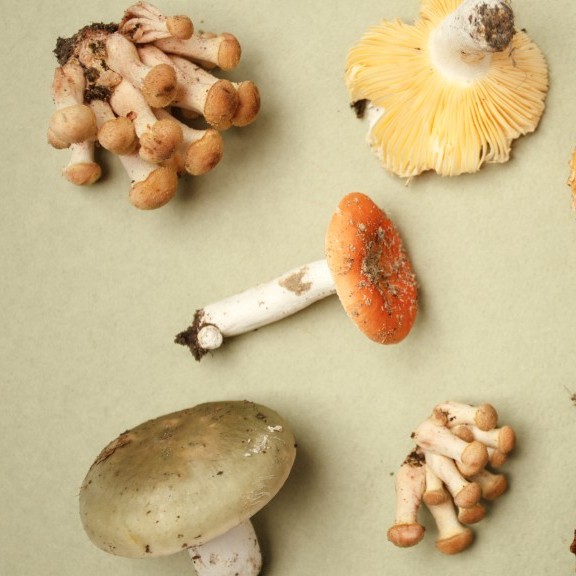 Types Of Edible Mushrooms & Their Poisonous Look-Alikes
Types Of Edible Mushrooms & Their Poisonous Look-AlikesTypes Of Edible Mushrooms & Their Dangerous Doppelgangers
By Bonnie L. Grant
-
 Make Your Own Mushroom Coffee From Homegrown Fungi
Make Your Own Mushroom Coffee From Homegrown FungiWhat is mushroom coffee? Can you make your own mushroom coffee at home? Click here to learn more.
By Laura Miller
-
 Growing Mushrooms In Coffee Grounds At Home
Growing Mushrooms In Coffee Grounds At HomeLearn how re-using coffee grounds for mushroom substrate is great for the mushrooms and good for the planet.
By Bonnie L. Grant
-
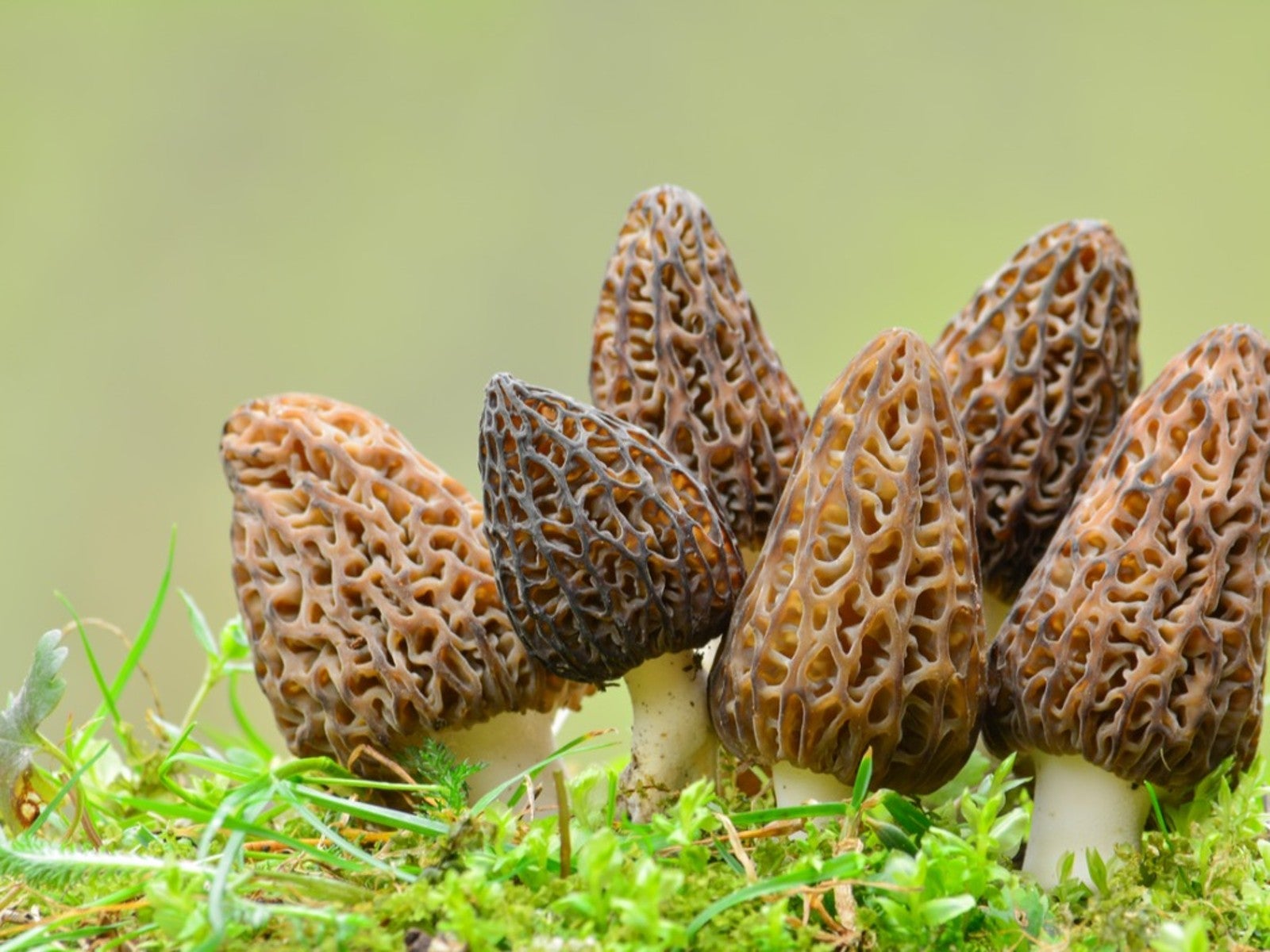 How To Grow Morel Mushrooms: Growing Morel Mushrooms At Home
How To Grow Morel Mushrooms: Growing Morel Mushrooms At HomeMorel mushroom growing conditions are difficult to pinpoint. Some expert tips are necessary on how to grow morel mushrooms.
By Bonnie L. Grant
-
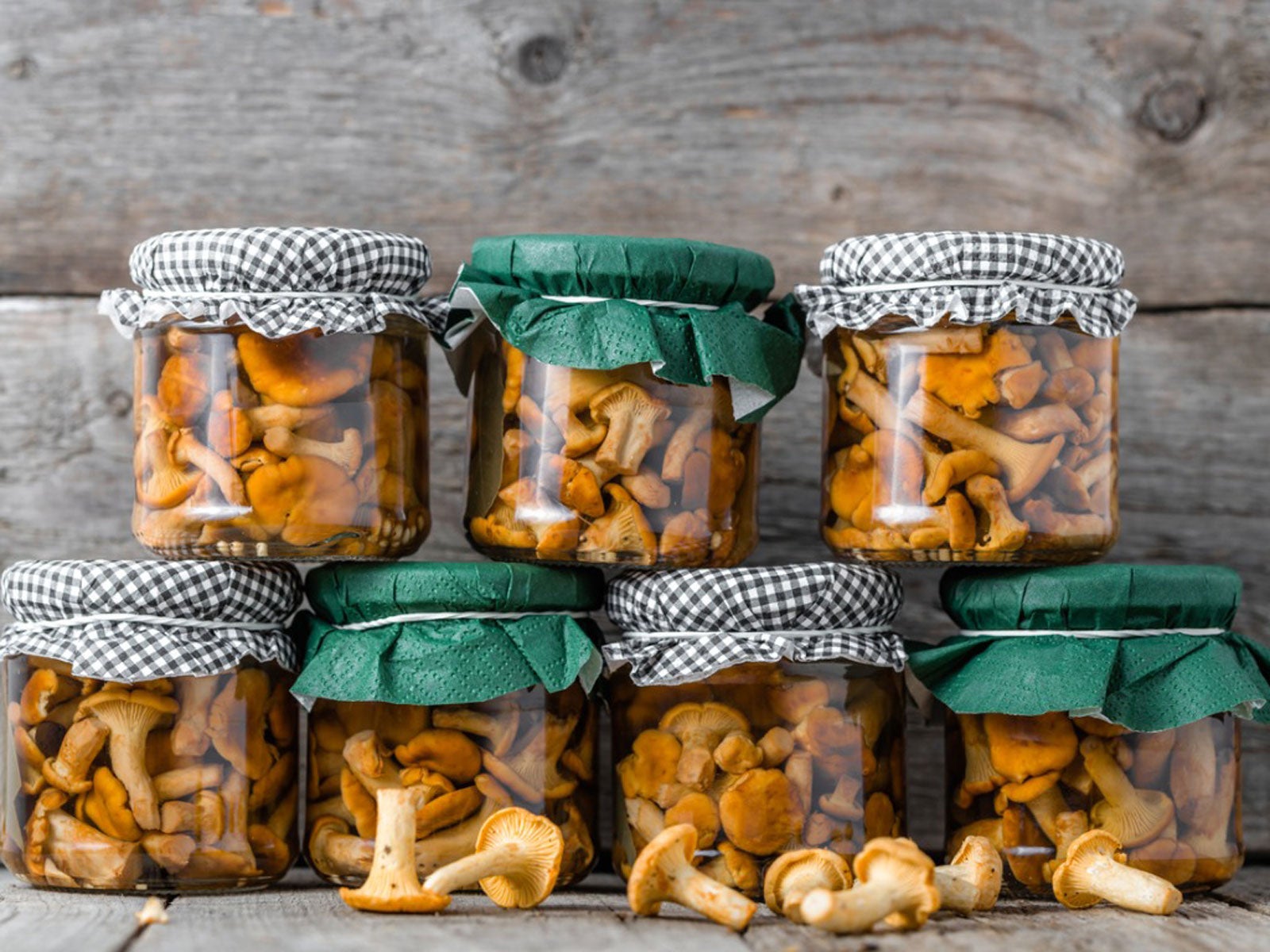 Home Canning Mushrooms – Tips For Storing Mushrooms In Jars
Home Canning Mushrooms – Tips For Storing Mushrooms In JarsAre you contemplating home canning mushrooms, but are nervous about safety? Click here to explore how to can mushrooms safely.
By Laura Miller
-
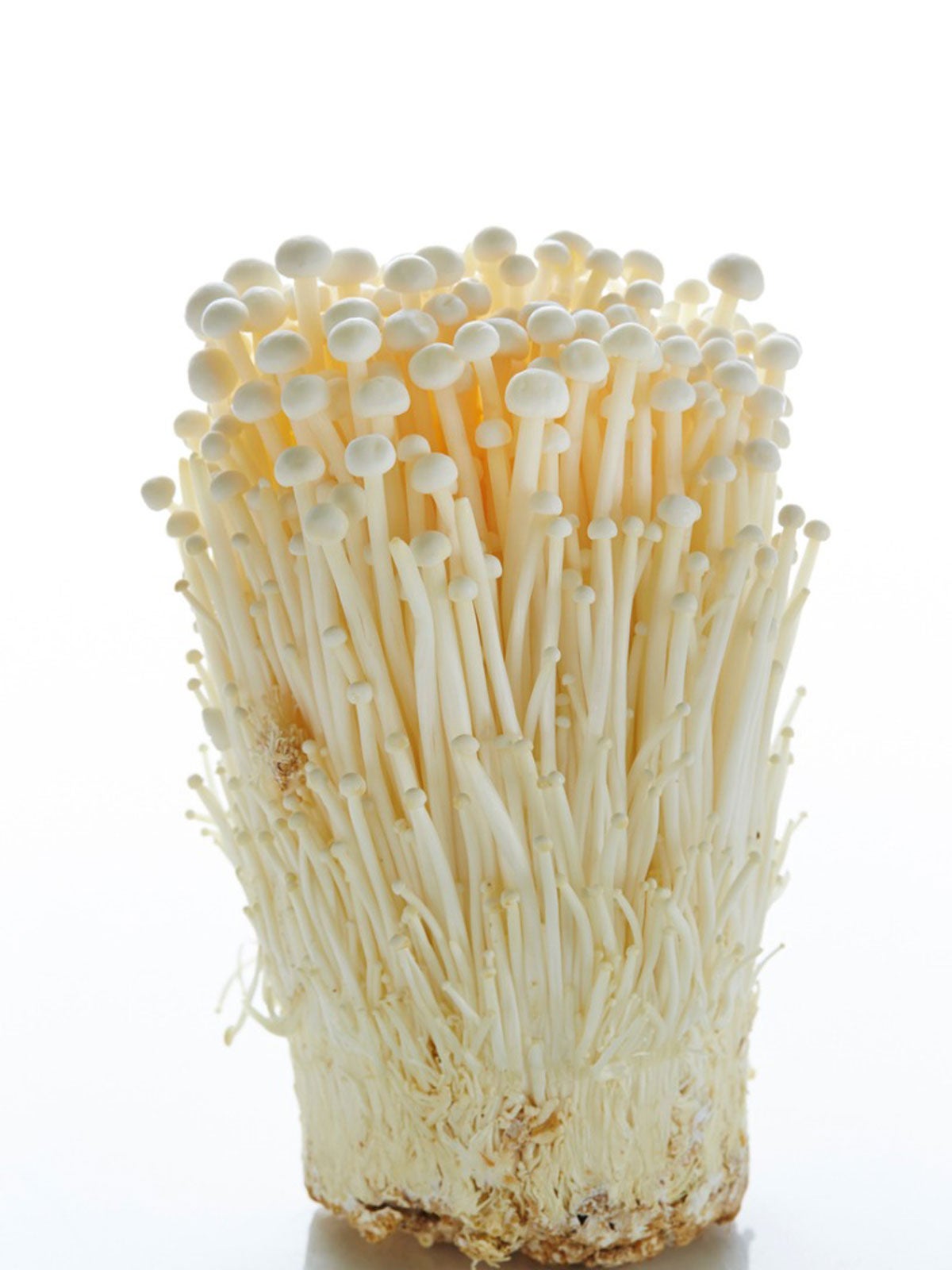 Enoki Mushroom Info – Tips For Growing Enoki Mushrooms Yourself
Enoki Mushroom Info – Tips For Growing Enoki Mushrooms YourselfEnoki mushrooms are very delicate fungi in an almost filament form. They are often the only mushrooms available in winter. If you like eating enoki mushrooms, you might try growing them yourself. Learn more about enoki mushrooms and how to grow them here.
By Bonnie L. Grant
-
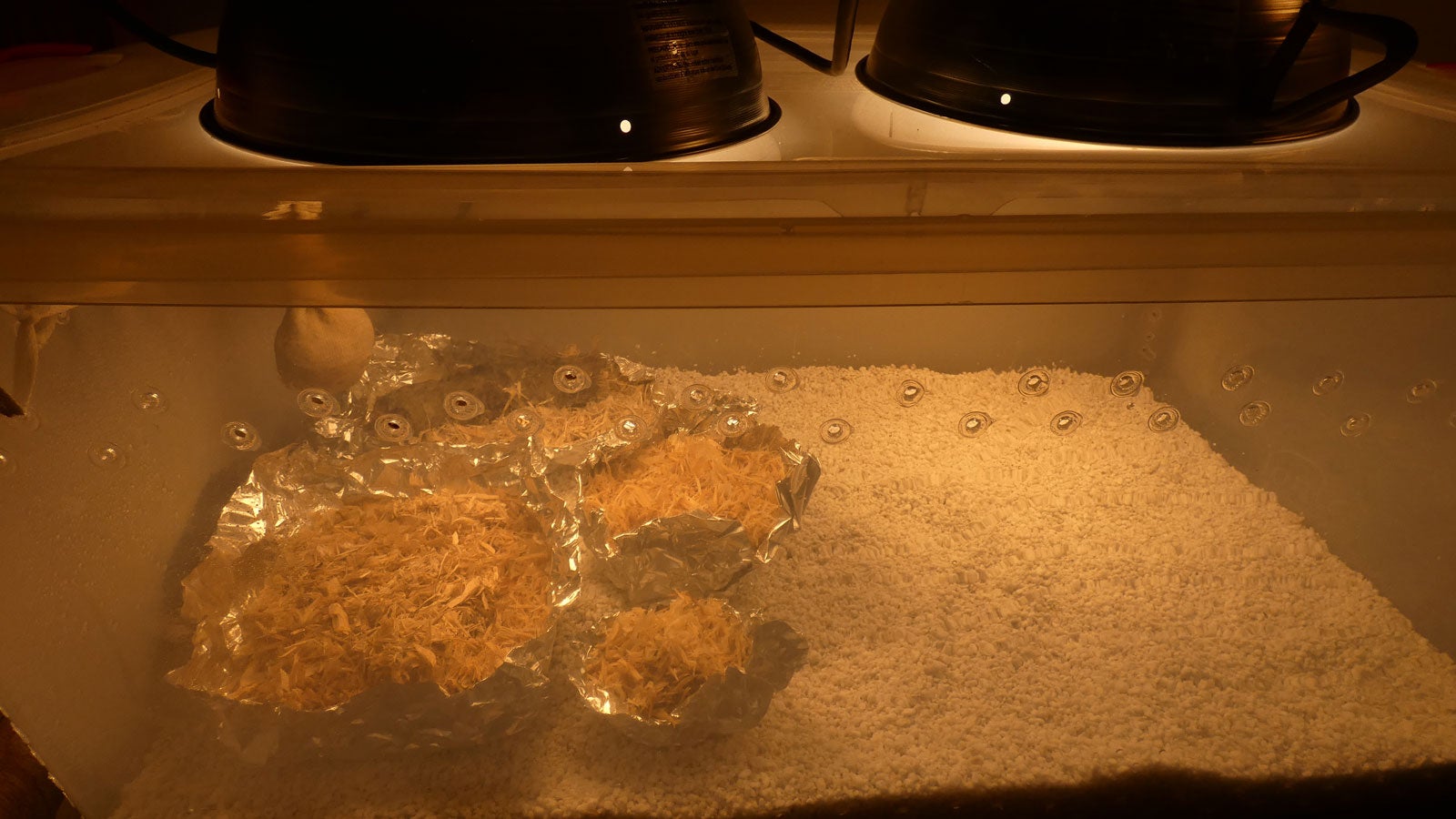 Growing Mushrooms At Home: How To Make A Mushroom Fruiting Chamber
Growing Mushrooms At Home: How To Make A Mushroom Fruiting ChamberSetting up a mushroom fruiting chamber is really the only difficult thing about growing mushrooms at home, and even then, a DIY mushroom house doesn’t have to be complex. To learn how to make your own mushroom fruiting chamber, click the following article.
By Amy Grant